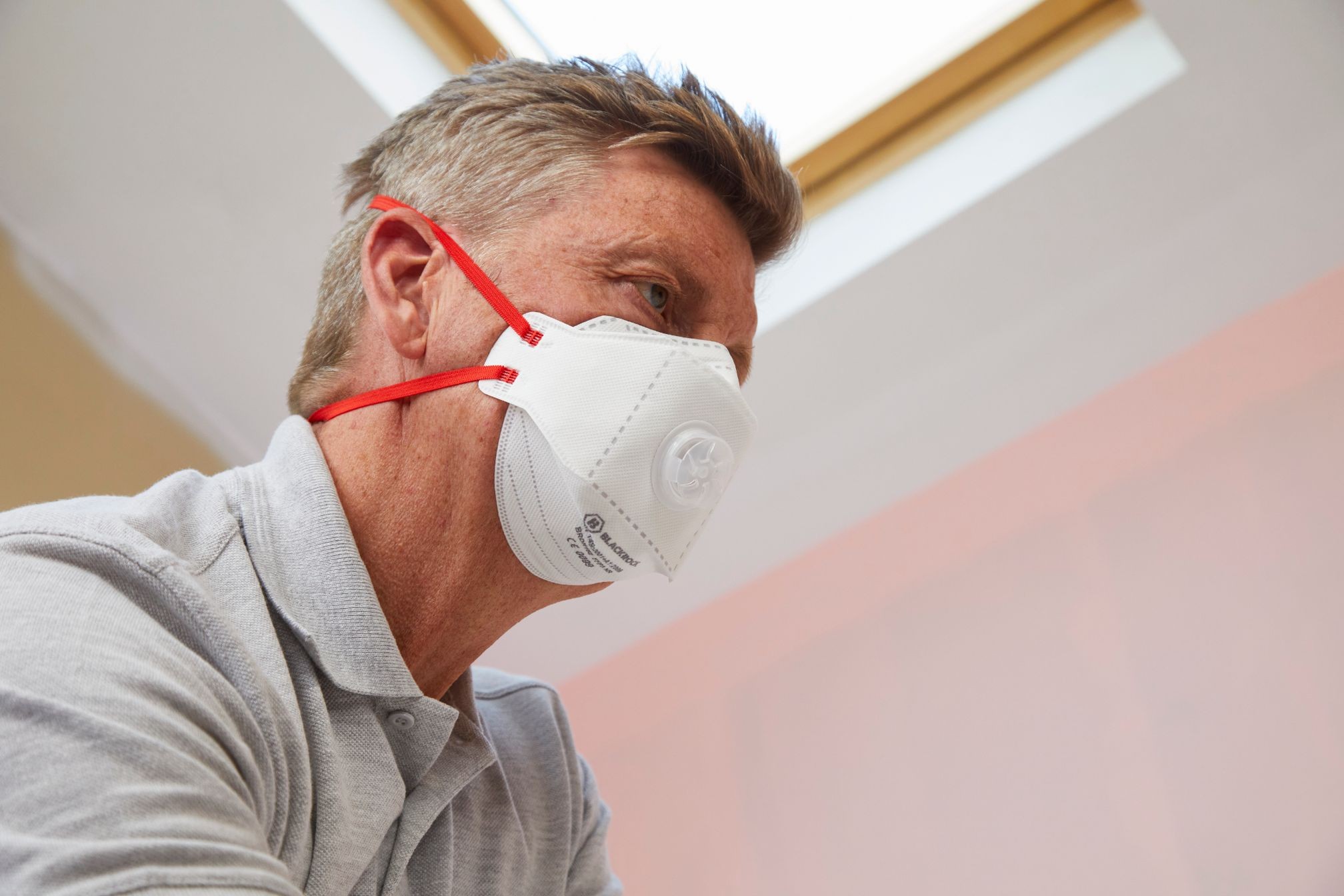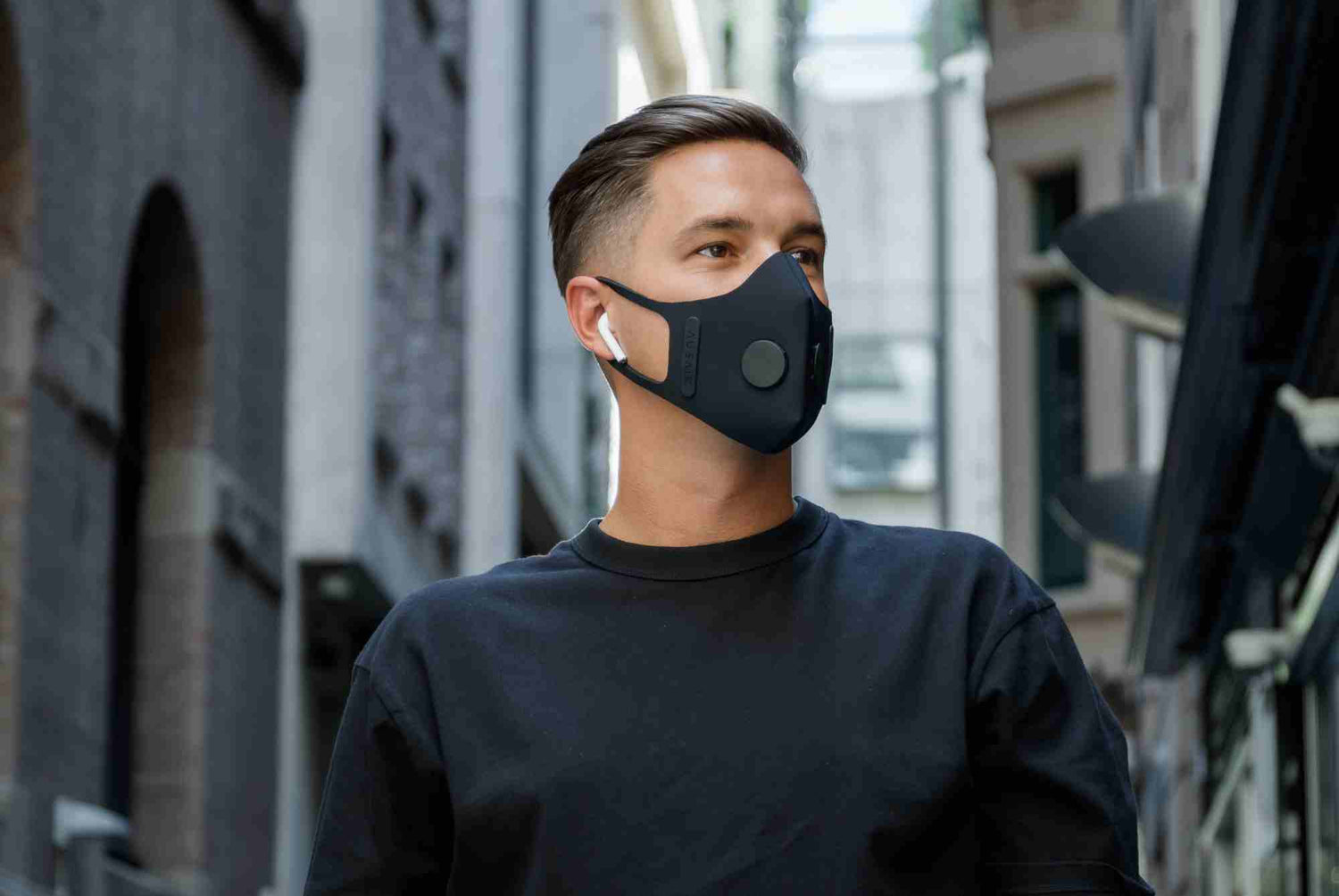
How to Choose the Right Respirator for Maximum Protection
Selecting the right respirator is crucial for ensuring maximum protection in various environments. With numerous options available, it can be challenging to make an informed decision. This guide will explore the essential factors to consider when choosing a respirator, ensuring that you can make the best choice for your specific needs. For comprehensive solutions, PPEONLINE offers a wide range of high-quality protective equipment.
Understanding Respirator Types
N95 Respirators
N95 respirators are a popular choice, especially in healthcare settings. They filter at least 95% of airborne particles and are effective against particulate hazards.
KN95 Respirators
Similar to N95 respirators, KN95 masks are certified under Chinese standards. They offer comparable filtration efficiency and are widely used due to their availability.
P100 Respirators
P100 respirators provide even higher filtration efficiency, blocking at least 99.97% of airborne particles. They are suitable for environments with highly hazardous particulates.
Reusable Respirators
Reusable respirators come with replaceable filters and are designed for long-term use. They offer flexibility and can be more cost-effective over time.

Key Considerations for Choosing Respirators
Filtration Efficiency
One of the primary factors to consider is the respirator’s filtration efficiency. This indicates the percentage of airborne particles the respirator can filter out. N95 and KN95 respirators offer 95% efficiency, while P100 respirators provide 99.97% efficiency.
Fit and Seal
A proper fit is essential for ensuring the respirator’s effectiveness. Conduct fit tests to ensure the respirator seals well around the nose and mouth, preventing air leaks.
Comfort
Comfort is crucial, especially if the respirator will be worn for extended periods. Look for features such as adjustable straps, cushioned edges, and lightweight materials.
Breathability
Breathability is another important factor. A respirator that restricts airflow can be uncomfortable and impractical for prolonged use. Choose a respirator that balances filtration efficiency with breathability.
Certification
Ensure that the respirator meets relevant certification standards, such as NIOSH for N95 respirators and GB2626-2006 for KN95 respirators. Certified respirators have been tested for effectiveness and safety.
Specific Features to Look For
Adjustable Nose Clip
An adjustable nose clip helps secure the respirator and improve the seal, enhancing both comfort and protection.
Exhalation Valve
Some respirators come with an exhalation valve that reduces heat and moisture build-up inside the mask, making it more comfortable to wear, especially in hot or humid conditions.
Multiple Sizes
Respirators that come in various sizes can provide a better fit for different face shapes and sizes, ensuring better protection.
Replaceable Filters
For reusable respirators, check if they offer replaceable filters. This feature extends the respirator’s life and ensures continued protection.

Industry-Specific Recommendations
Healthcare
In healthcare settings, N95 respirators are widely used to protect against airborne pathogens. They are essential for procedures that generate aerosols, such as intubation and surgery.
Construction
For construction workers, P100 respirators are recommended due to their high filtration efficiency. They protect against dust, asbestos, and other hazardous particulates.
Chemical Industry
Workers in the chemical industry should consider full-face respirators with P100 filters to protect against both particulates and chemical vapours.
General Public
For everyday use, such as protection against pollutants and viruses, KN95 respirators are a practical and accessible option.
Maintenance and Proper Use of Respirators
Regular Inspection
Regularly inspect respirators for any signs of damage or wear. Check the straps, nose clip, and filter for integrity.
Cleaning and Storage
For reusable respirators, follow the manufacturer’s instructions for cleaning and storage. Store respirators in a clean, dry place away from direct sunlight.
Filter Replacement
Replace filters as recommended by the manufacturer. Overused filters can compromise the respirator’s effectiveness.
User Training
Ensure that users are adequately trained on the proper use, fitting, and maintenance of respirators. Proper training enhances safety and compliance.
Final Thoughts on Respirator Selection
Choosing the right respirator involves careful consideration of filtration efficiency, fit, comfort, and specific features. Whether you need protection in a healthcare setting, construction site, or daily life, understanding these factors will help you make an informed decision. Remember, the key to maximum protection lies in selecting a respirator that meets your needs and maintaining it properly. Stay safe and protected with the right choice of respirator.




